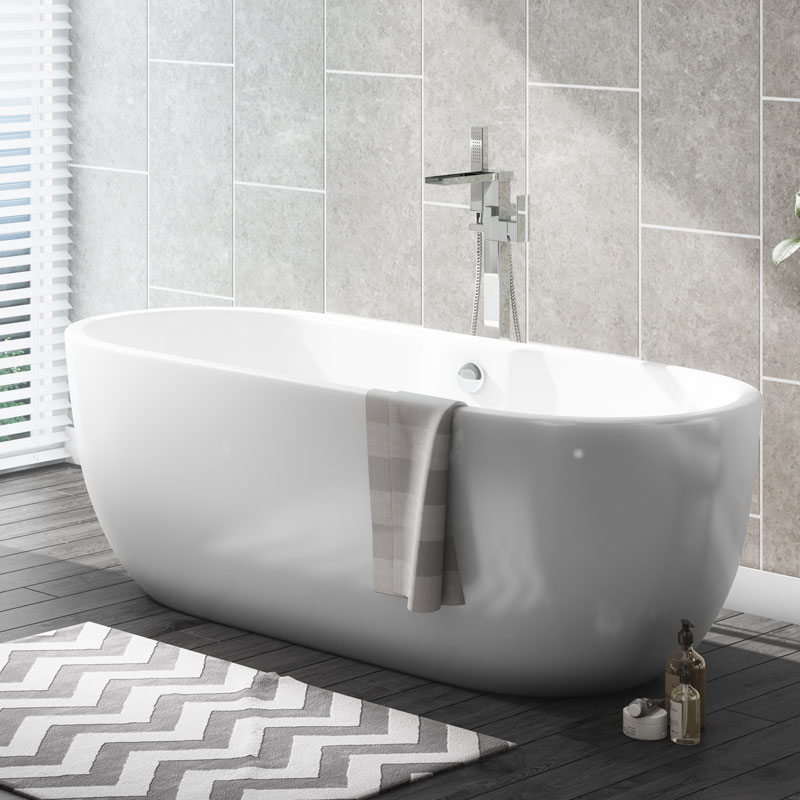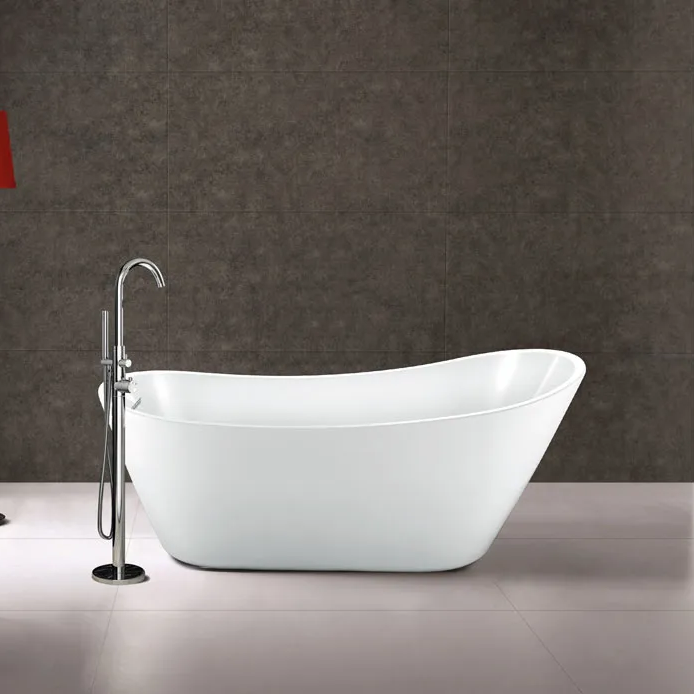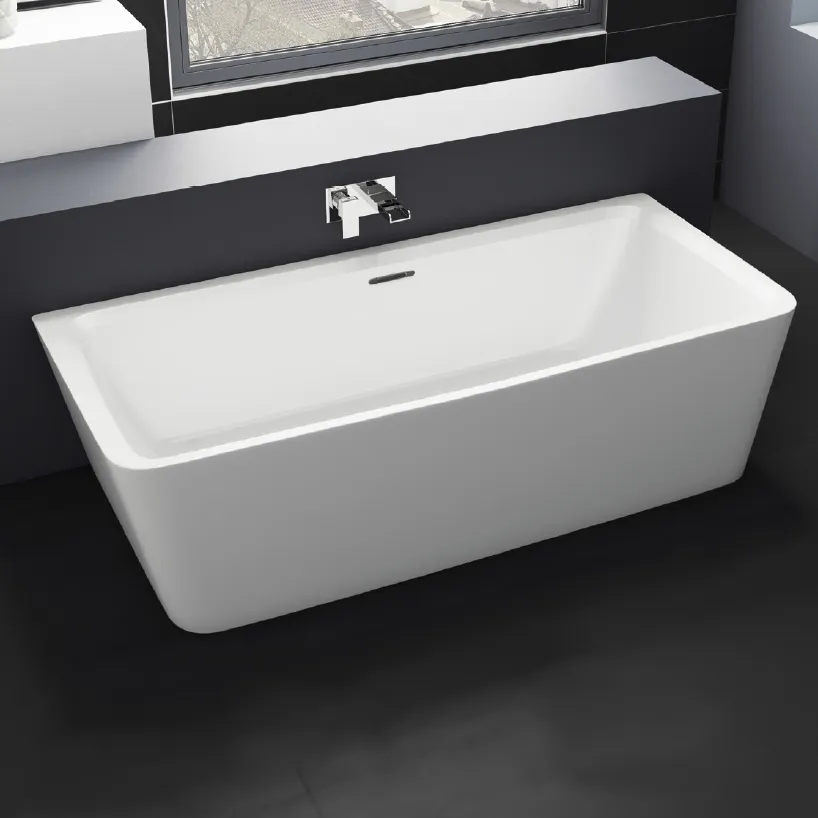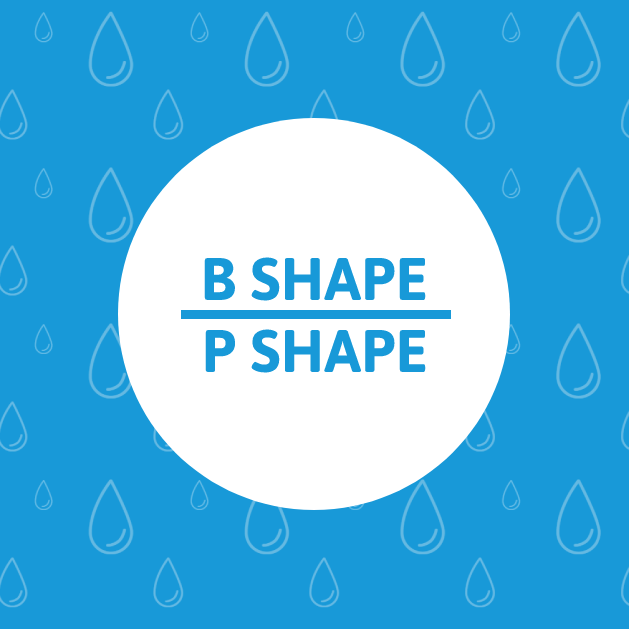A New Breed of Floor Perfect for the Bathroom
A New Breed of Floor Perfect for the Bathroom - Trends
In an August post, guest bloggers from Flooring Supplies gave you good advice on choosing flooring for a bathroom. Their recommendations are spot on, but we wanted to add two more options to their list, two kinds of flooring which we think have risen to the top of the Best For Bathrooms list. They almost seem to have been designed to solve all of the flooring issues a bathroom presents. These are new vinyl products to which we have only had across the pond for about a year. They can now be found in the UK as well.
In an August post, guest bloggers from Flooring Supplies gave you good advice on choosing flooring for a bathroom. Their recommendations are spot on, but we wanted to add two more options to their list, two kinds of flooring which we think have risen to the top of the Best For Bathrooms list. They almost seem to have been designed to solve all of the flooring issues a bathroom presents. These are new vinyl products to which we have only had across the pond for about a year. They can now be found in the UK as well.
Click-Together Vinyl Planks
Available in wood looks as realistic as those achieved with laminates, these are 100% waterproof. They will not only withstand spills and puddles, but are also perfectly fine in humid, even steamy environments. They are easy to install, the planks clicking together in the style of most laminates. There is no adhesive needed, nor an adhesive mechanism, like a tape strip on the underside of the flooring. Similarly, tile styles, which replicate ceramic and stone looks, require no grout. The planks cut with a utility knife, so there is no need of a saw, and none of the mess that comes with a saw’s use. Depending on the style of locking mechanism, a click together vinyl floor will keep spills from permeating the gaps between planks to the subfloor for either a few hours or indefinitely. Some connect like a ziplock bag – nothing is getting through that.
Loose Lay Vinyl Plank Flooring
This is very similar to the click together. It is still 100% waterproof, and the planks cut easily with a utility knife, but these planks not only require no adhesives, they don’t even need to be clicked together. To install, you simply lay the planks down flush with each other. The floor as a whole is held in place by the high friction under-surface, and by the walls. This is possible because the loose lay floors do not expand or contract at all. This means that you don’t have to leave the small gap between the flooring and the wall which most other floors require. The material is laid snug against the walls, making the flooring immobile. The edges of loose lay vinyl are cut so that the top surface of your floor has no gaps. This keeps water and moisture above the surface, rather than allowing it to slowly seep down to your subfloor. Loose lay can also be a very thick floor, which makes it an option for commercial locations as well as residential.
So how are these better for a bathroom?
Advantages over stone
There is no question that in bathroom flooring, stone and ceramic are the gold standard for appearance. The advantages these vinyl plank and tile floors bring is in the cost and the feel of the floor. Vinyl is much less expensive than real stone, and certainly less expensive to install. Also, as Flooring Supplies mentioned, the real thing can get cold underfoot. While not quite as warm as a well padded laminate or hardwood floor, neither great options for the bathroom anyway, vinyl is warmer than stone. It also does not get as slippery on the surface, and will not going to chip if you drop the curling iron.
Advantages over sheet vinyl
With sheet vinyl we have always had the extra installation step of gluing the floor down. Also, while sheets go wall to wall, having no gaps between planks for water too seep through, a sheet vinyl floor is still open to damage from flooding. How? Well, if your floor floods, and I mean something like a full on, unattended tub overflow, water can get around the edges and soak underneath. The water could immediately absorb into your subfloor, or get trapped under the vinyl, leading to mold or mildew issues. In such an occasion you would have a floor to rip up, and both glue and flooring to replace after taking care of the subfloor.
These vinyl plank floors just pop right up. They can be removed quickly, before water has time to do real damage underneath, and giving you quicker access to dry your subfloor. The really beautiful thing is that after your subfloor is dry, these planks (which you just air out or wipe dry) can go right back down. A bad flood need not necessitate a new floor purchase, because this material is not going to be harmed at all by anything your bathwater can do. We’ve dropped samples into an aquarium, and have even placed small, connected floors outside in a rainstorm, both for a full weekend, to verify for ourselves how water durable this is. We even have a piece we’ve kept under a drain spout for well over a year, through rains, ice, and heat over 38 degrees Celsius. In each test case the flooring material remained completely unharmed by the elements.
Low cost, great looking, easy to install and very easy to keep clean, we propose that vinyl plank flooring is the new number one option for a bathroom floor for safety, durability and cost. It looks great too!
David Lichty is the Content Guy at Floors To Your Home. He writes their flooring blog and Resource Center articles, and shoots their videos.






